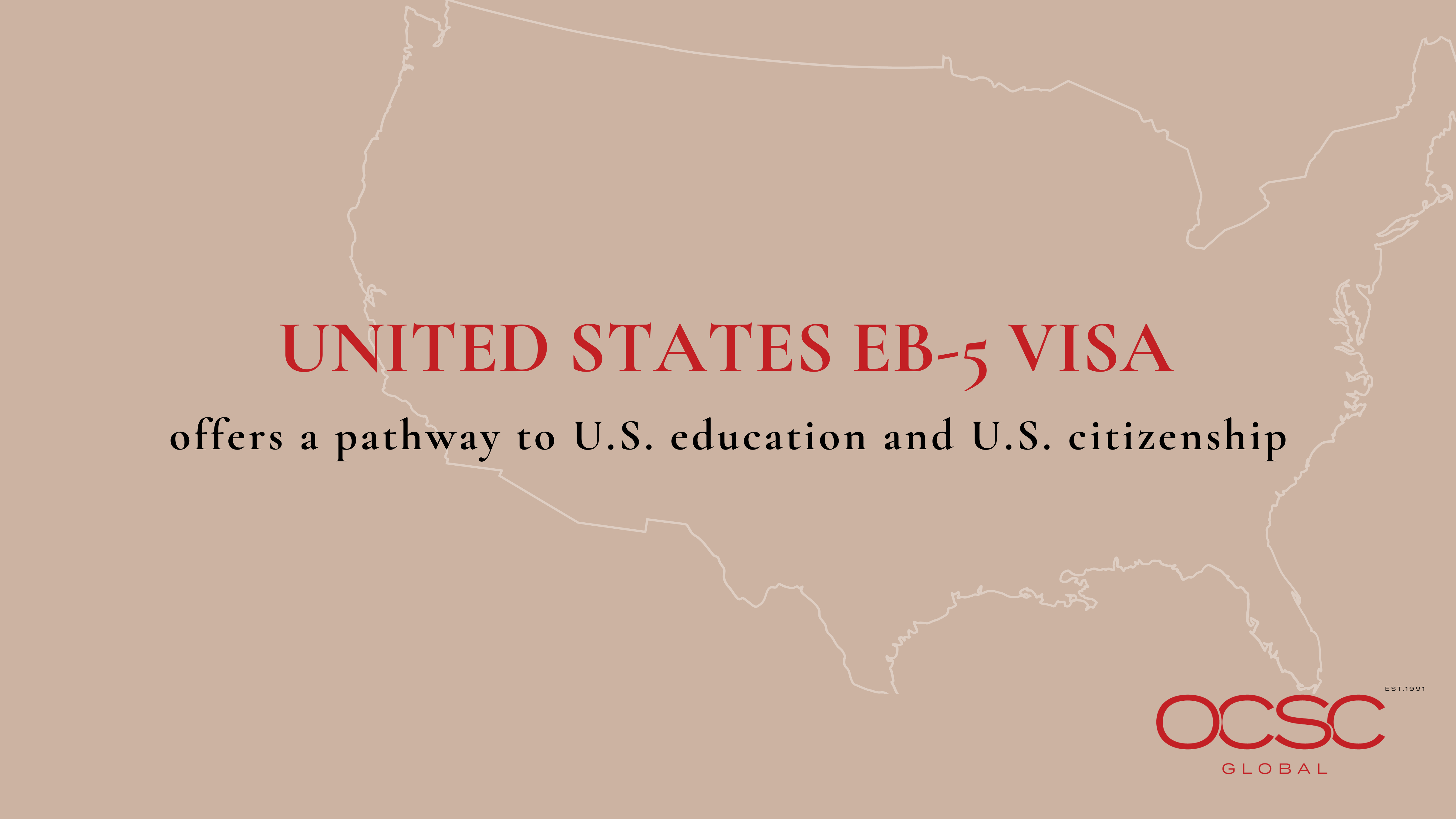Planning to Study in the US? EB-5 Visa Provides Path Beyond Education
The U.S. is a top study abroad destination for students around the globe. Over the past decade, the U.S. has experienced a surge in foreign student enrollment. The total number of international students enrolled in undergraduate and graduate programs in 2019 topped 1 million students.
Yet those who come to the U.S. with a student visa often face higher tuition costs and a temporary window of opportunity to remain in the U.S. Once their studies are complete, they must return to their home countries. An EB-5 visa offers a pathway to U.S. education and U.S. citizenship.
There are a number of reasons why the U.S. is a top choice for education. The country is home to a number of world-renowned academic institutions that are leaders in their respective fields. According to U.S. News & World Report, the U.S. hosts eight of the top 10 universities in the world.
- Harvard University, Cambridge, MA, USA
- Massachusetts Institute of Technology, Cambridge, MA, USA
- Stanford University, Stanford, CA, USA
- University of California-Berkley, Berkley, CA, USA
- University of Oxford, Oxford, UK.
- Columbia University, New York City, NY, USA
- Washington University, Seattle, WA, USA
- University of Cambridge, Cambridge, UK
- California Institute of Technology, Pasadena, CA, USA
- Johns Hopkins University, Baltimore, MD, USA
Additionally, students can choose from a vast selection of different two- and four-year public and private colleges and universities. According to the National Center for Education Statistics, there are nearly 4,000 colleges and universities in the U.S. Those schools offer a wide range of undergraduate and graduate academic programs ranging from business and medical school to aerospace, engineering and nanotechnology.
EB-5 visas provide some distinct advantages to students and families who want their children to attend college or university in America. One of the big advantages is cost savings. International students often pay additional fees. U.S. students pay a lower rate, and for those students who go to a public university in the same state where they live, they can realize significant savings on tuition.
According to the latest data from U.S. News, the average annual cost of tuition and fees at a private college or university for undergraduates was $38,1851 for the 2021-2022 school year, followed by $22,698 for an out-of-state public university and $10,338 for a public in-state school. Tuition at elite Ivy League schools such as Columbia University, Harvard, Yale and Princeton is significantly higher in excess of $50,000 annually. Those costs rise even higher when adding living expenses, such as housing, food and books. Additionally, those costs multiply when considering it often takes 4-6 years to acquire the desired degree.
Oftentimes, U.S. students have greater opportunities to access scholarships and grant opportunities. For example, Yale University offered an average need-based scholarship or grant award of $60,494 to undergraduates in 2020-2021, according to U.S. News.
Students in the U.S. are not only learning in classrooms, they also are building important relationships with peers and mentors and participating in internships. All of those factors contribute to one’s education and also help students find jobs after graduation and build their careers. However, international students who study in the U.S. on a student visa have to return to their home country when they complete their studies unless they apply for another visa status through a family or employment relationship that can grant them lawful status in the U.S.
Perhaps the biggest advantage of the EB-5 Visa is that it grants applicants a green card that can lead to U.S. citizenship. The recent EB-5 Bill signed into law on March 15, 2022, created a positive change that allows program participants to file their EB-5 applications and Adjustment of Status concurrently. That means if an EB-5 applicant resides in the U.S. on a lawful visa, he/she can file the Adjustment of Status (Form I-485) and the EB-5 application (Form I-526) at the same time in the U.S. without going back to the home country. Foreign nationals should consult with experienced immigration counsel regarding potential immigration through the EB-5 visa program.
The COVID-19 pandemic also highlighted another advantage of the EB-5 visa – stability and predictability. Many students were forced to return to their home countries and/or faced greater travel restrictions during the pandemic. Those who hold a green card have the same freedoms and flexibility as U.S. citizens. They can live, study and work where they choose. It is also important to remember that an EB-5 investment is considered a security under SEC regulations. Prospective investors should consult with an experienced immigration attorney, choose a creditable EB-5 Regional Center and invest through a registered broker-dealer.

